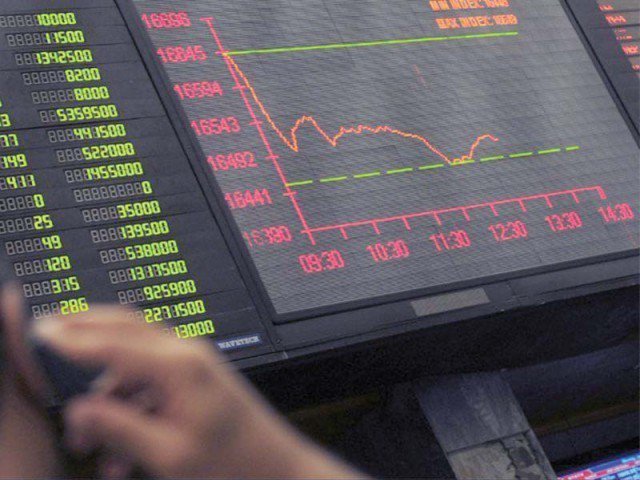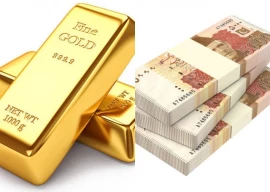
Pakistan’s real effective exchange rate (REER) hits equilibrium. However, a further appreciation in rupee against a basket of major trading partners’ currencies and increase in domestic inflation reading would make the country’s exports uncompetitive.
The REER index increased 3.37% to 100.50 in March 2021 compared to 97.22 in February, Pakistan’s central bank reported on Thursday.
REER returned to over 100 reading on the index after over two years. A further increase in the rate would make Pakistan’s exports uncompetitive and would make imports cheaper. REER increased after the rupee-dollar exchange rate hit 22-month high at Rs152.75 to the US dollar on March 31 and inflation surged 9.1% in March.
Read: Pakistan climbs on Trading Across Border Index
REER has continued to increase for the past seven month (Sep-Mar). It stood at 91.78 reading on the index in August 2020. A REER below 100 means the country’s exports remain competitive and import expensive. The situation reverses when REER stands above 100 on the index.
“The latest REER number suggests the rupee should not appreciate beyond Rs155 to the US dollar (considering inflation remains stagnant),” an expert who requested anonymity said while talking to The Express Tribune.
“The REER stood at around 130-140 on the index during former finance minister Ishaq Dar’s times (when he artificially controlled the rupee and kept it overvalued during 2008-13)” Topline Securities Director Research Syed Atif Zafar recalled.
Pak-Kuwait Investment Company (PKIC) Head of Research Samiullah Tariq said inflation has played a key role in moving the currency from overvalued (REER at 97.22 in February) to a fair value at present.
“Currently, the State Bank of Pakistan is using (currencies) weight of 37 major trading partners and competitors of Pakistan for REER calculation. These weights represent not only bilateral trade volumes, but also a competition in the third markets,” according to a central bank video explaining REER’s concept, construction and interpretation.
“For example the weight of China in the index is 29.12% (in the index), it not only represents trade volume between Pakistan and China but also competition between Pakistani and Chinese firms in a third market like the USA,” it said.
“The REER reading on the index in a range of 100-105 would be fine,” the expert said, adding that the authorities concerned may opt to let the rupee depreciate to not let REER increase beyond 105.
The expert, on the condition of anonymity, said he does not agree with the theory to depreciate the local currency to control REER. Instead, authorities should take measures to attract foreign currencies’ inflows to improve REER through attracting foreign investment, increasing export earnings, surging conventional remittances and the ones through Roshan Digital Account (RDA).
Read more: SBP reserves rise $384m to $16.4b
He said that authorities should keep focus on economic growth and expansion to make REER sustainable. “The desired higher economic growth would help the country in generating higher revenue in taxes and payoff local and foreign debts. This formula would automatically keep REER sustainable,” he said.
Tariq said REER of regional competitors including India and Bangladesh have reached 125-130 readings on their indices. The higher food prices and increase in energy prices like petroleum products and RLNG have contributed a lot towards taking inflation on higher side at world and impacted REER.
Zafar said that REER has increased due to widening trade deficit, meaning imports have continued to surge rapidly, while exports improved at a slower pace. “The REER reading at 100.5 on the index is fair. This is no alarming situation as of yet,” he said.
Published in The Express Tribune, April 30th, 2021.
Like Business on Facebook, follow @TribuneBiz on Twitter to stay informed and join in the conversation.





















COMMENTS
Comments are moderated and generally will be posted if they are on-topic and not abusive.
For more information, please see our Comments FAQ